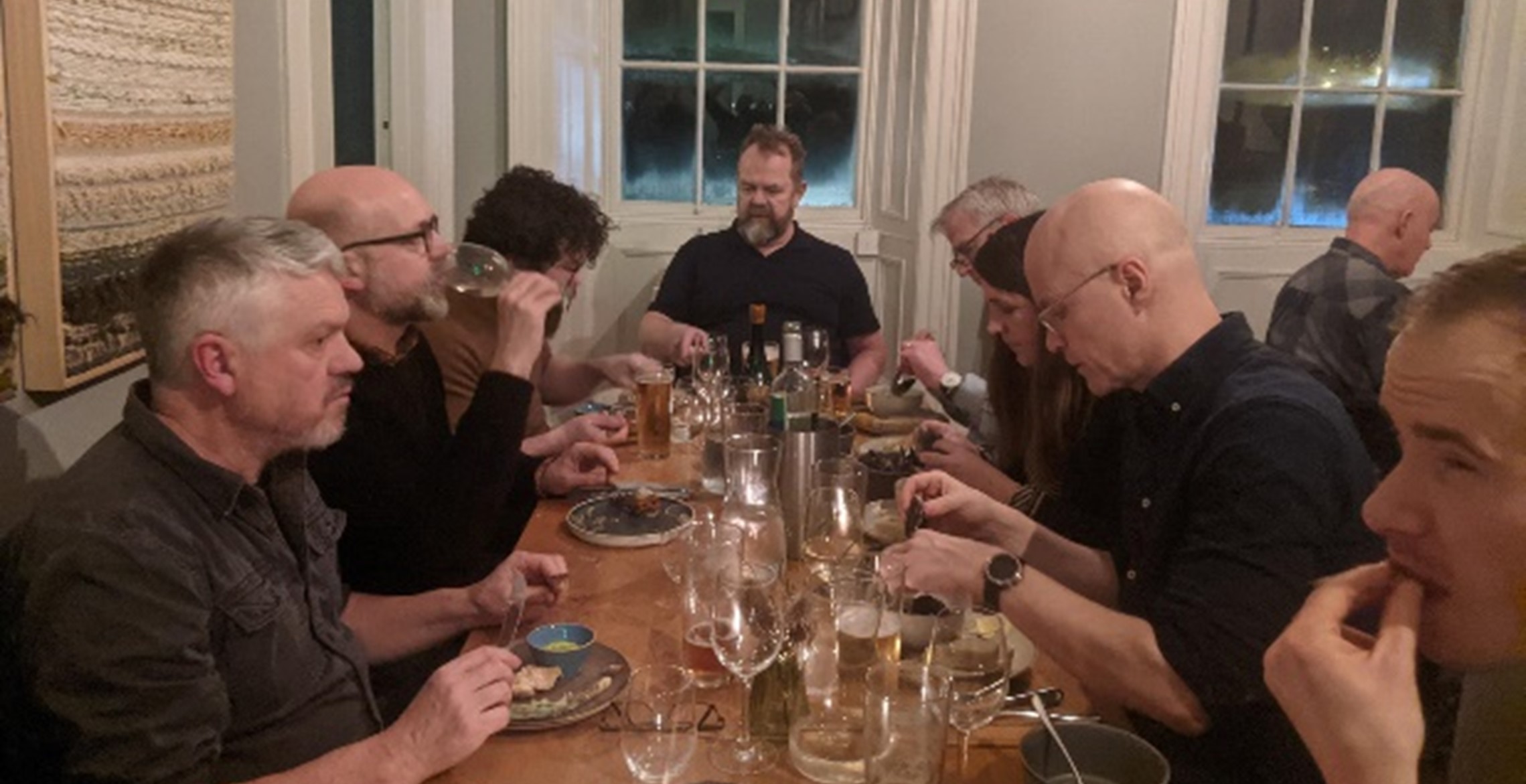The Barley Away Days (BAD – unfortunate acronym for an excellent event!) are an annually recurring item on our calendar and it turns out that 2024 was a bumper year.
Uploaded on behalf of Professor Robbie Waugh, Director of The International Barley Hub
Welcoming over 100 participants to the Birnam Arts Centre this year which was the highest attendance ever since we started running this event, participants had the opportunity to revel in barley-related science (and products), get to know each other better and enjoy each-other’s company.
BAD is informal and interactive, and we hear about the latest research from top international scientists as well as a broad selection of staff and students from the Hutton, the University of Dundee and other IBH associated institutions.
This year we were also delighted to be joined by 14 participants from ‘Raising the Bar’. This 1-day workshop involved barley researchers from across the Arctic fringes (Alaska to Finland) who were challenged to develop a ‘white paper’ exploring the issues and opportunities for agriculture in the Arctic North that are emerging as a consequence of climate change. At BAD, Outi Manninen (Finland) and Hrannar Smari Hilmarsson (Iceland) gave short presentations about the approaches they are adopting in both barley breeding research and crop production in what can only be described as challenging environments. Our very own Joanne Russell, organiser of ‘Raising the Bar’, summarised the outcomes of the meeting. The workshop was funded by the Scottish Government under their ‘Arctic Connections’ program.

We were also treated to presentations from five other ‘external invited’ speakers. Annis Richardson from Edinburgh University (who dealt seamlessly with a series of inevitable IT issues!) eloquently described her work on awn development, providing a platform for the remainder of the session that focused largely on the identification and characterisation of genes controlling developmental characteristics of the barley plant.
Two sessions of short talks by PhD students were fittingly introduced by early career researchers who had started their journey at the Hutton: Daniel Leybourne (Liverpool) gave an inspirational talk about the disappointments and successes he faced during his ‘career development’ encouraging both persistence and optimism despite apparent setbacks; and Imelda Uwase (Reading) her research on the benefits and challenges of intercropping and sustainable agriculture. Both introductory talks were followed by a selection of excellent short talks and flashtalks by current PhD students.
After the session, a pre-dinner whisky tasting was hosted by the Scotch Whisky Association (soft drinks were also on offer). For the majority of the participants, the premium products on offer slipped down a treat.
On day 2, we were treated to several talks that could be classified as ‘genome-led’. Nils Stein (IPK-Gatersleben) introduced the barley pan-genome and how comparing multiple genomes strikingly reveals the dynamics of the post-domestication genome. The extent of genetic variation observed is simply never seen when looking at a single reference. He illustrated this by giving an example of the DUS character short rachilla hair (srh) which is used as one of the characters to differentiate barley cultivars on the Recommended List. While using a genetic approach they were able to identify the causal srh gene, they were unable to identify the causal mutation within the gene itself. Detailed detective work eventually showed that the cause was most likely a mutation in a so-called ‘enhancer element’ located some tens of thousands of bases upstream of the causal gene. The srh phenotype was thus likely the result of enhancer-induced variation affecting the level of srh gene expression. Subsequent talks by Hutton colleagues dealt with variation observed in the barley pan-transcriptome, the proteome and small RNAs.
More PhD student talks after lunch prefaced the final session that focused on below ground biology. Malcolm Bennett (Nottingham) provided a deep dive into some fantastic technologies and amazing cell biology that have together allowed him and his colleagues to start to establish how coupling between water availability and plant hormones in the root can sense water deficit. Their observations are starting to unravel biophysical sensors that stimulate morphological and developmental responses to soil-level abiotic stress. The scientific sessions finished on the same general theme with presentations on root gravitropism and a summary of the Roots2Res EU Horizon program.
To break up the program of talks we organised an activity based on the Hutton phenotyping tool GridScore. A group of 12 volunteers were ‘phenotyped’ by the rest of the participants for traits associated with barley plots in the field (e.g. plant height was translated into height of the volunteer in cm). The participation was good and the results on the second day caused some laughter due to the introduced errors (e.g. a volunteer of 20cm height) by some participants. It also showed the power of digitally recording of phenotypic traits in real time.
So ended BAD 2024. We then departed to go our own separate ways, to both recover, and to resume ‘work’ on an otherwise normal Friday.
Of course, in addition to all the speakers we have many to acknowledge for making BAD 2024 such a successful and enjoyable event. In particular, we want to thank ‘Arctic Connections’ and our BAD sponsors: The Scotch Whisky Association, Wm Grant and Son, The Malting Association of Great Britain, James Hutton Limited, The Scottish Society of Crop Research, Mylnefield Trust, LGC Biosearch Technologies and Thermo Fisher Scientific, for their generosity, without which the meeting may never have taken place. Special acknowledgements go to Miriam Schreiber and Joanne Russell for the (no-doubt stressful) organisation of the combined events and finally the staff at the Birnam Arts Centre for their hard work, excellent service and first class hospitality. Already we are looking forward to next year’s event.


